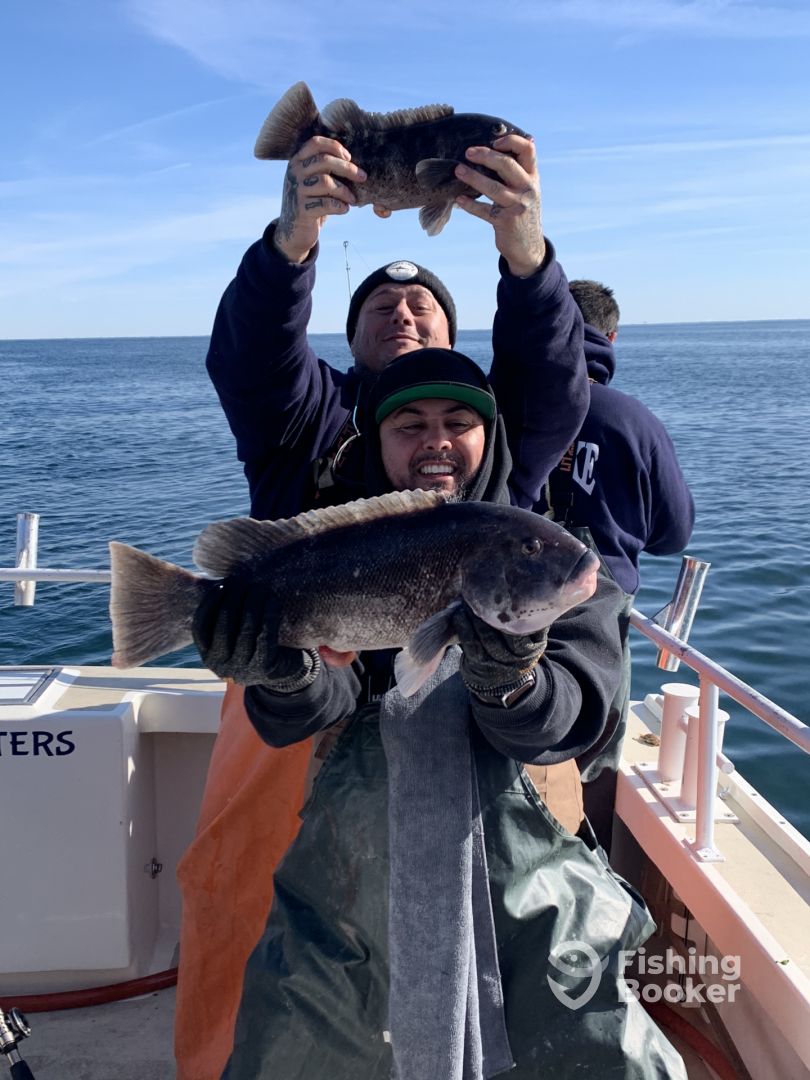
But, this is not reflected in the data on fishing activity.

We might hypothesize that this decline was the result of reduced fishing efforts. 3 Even after the World Wars, fish catch began to dramatically decline over the second half of the 20th century. This inter-war decline was due to a couple of factors: fishing became much more dangerous and vessels were redirected from fishing towards military and other uses.

This increase in fish catch was interrupted by the two World Wars: we see the dramatic declines in catch shown on the chart. The development of steam trawlers in the 1880s allowed vessels to fish further offshore, for longer periods of time, and with gear that could reach deeper into the ocean. We see a steep rise in fish catch over the first half of the 20th century. 2 This measures catch of bottom-dwelling fish – excluding shellfish. In their paper, published in Nature, researchers Ruth Thurstan and colleagues reconstruct UK fisheries trends dating back more than a century.

Historical records from the UK give us further understanding of the long-term trend in fisheries. It has absorbed almost all of the growth in global demand in recent decades and will continue to play a critical role in protecting wild fish populations as demand for seafood continues to rise. It now produces over 100 million tonnes.Īs we see, aquaculture production has now surpassed wild catch. In 1990 the world produced only 17 million tonnes. Particularly since the late 1980s, annual production has increased rapidly. In the 1960s, aquaculture was relatively niche, with an output of a few million tonnes per year. Fish farming on the other hand is growing very rapidly, from 1960 until 2015 it has increased 50-fold to over 100 million per year. What’s striking is that global wild fish catch has not increased since the early 1990s and instead remained relatively constant at around 90 to 95 million tonnes per year. In the visualizations we see the change in aquaculture and capture fishery production from 1960 onwards. Except that for land-based animals, farming is many thousand years old while it was very uncommon for seafood until just over 50 years ago. The distinction between farmed fish and wild catch is similar to the difference between raising livestock rather than hunting wild animals. One innovation has helped to alleviate some of the pressure on wild fish catch: aquaculture, the practice of fish and seafood farming. Globally, the share of fish stocks which are overexploited – meaning we catch them faster than they can reproduce to sustain population levels – has more than doubled since the 1980s and this means that current levels of wild fish catch are unsustainable. This has increased pressure on fish stocks across the world. Not only has the world population more than doubled over this period, the average person now eats almost twice as much seafood as half a century ago. Global production of fish and seafood has quadrupled over the past 50 years. How much of the world’s ocean is protected?.How much of the world’s fish is discarded?.How much fish feed comes from wild fish?.What impact does trawling have on wildlife?.How much of the seabed is trawled each year?.

What is the carbon, water, and pollution footprint of fish?.What is the status of global fish stocks?.How much of the world’s fish is managed sustainably?.How many people are employed in fishing?.How much of the world’s protein comes from fish?.How much fish do people eat across the world?.How much fish is caught from trawling pole-and-line gillnets and other methods?.How much seafood do we produce from aquaculture (fish farming)?.


 0 kommentar(er)
0 kommentar(er)
